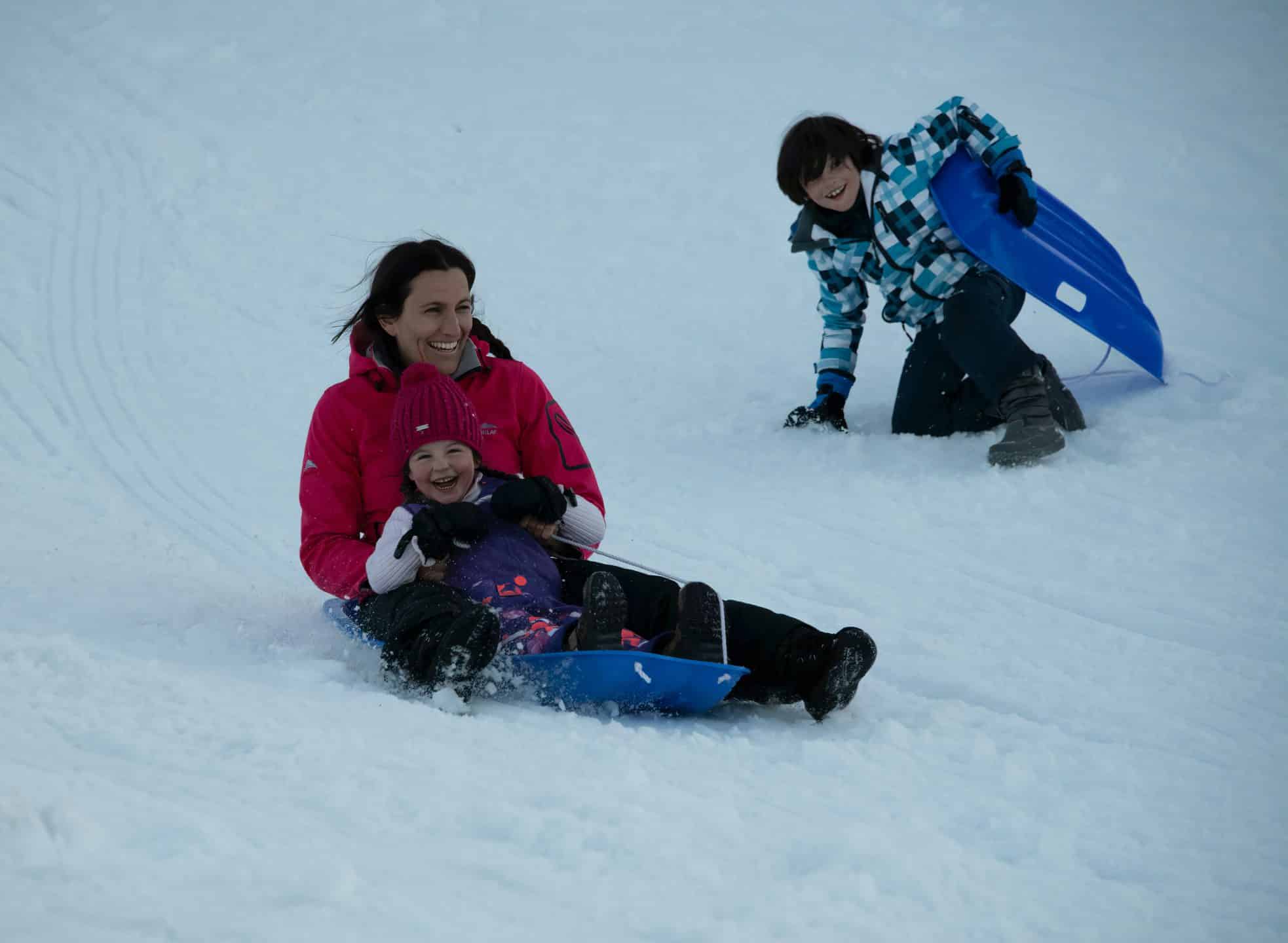As the pandemic continues, Albertans are looking for ways to keep busy and stay safe by limiting the risk of coronavirus infection. The winter season provides many opportunities to be active and to practice social distancing, however, these activities can sometimes lead to a trip to the emergency department.
In 2018, skiing and snowboarding accidents accounted for 1,700 hospitalizations throughout Canada, with snowmobiling (905 hospitalizations) and hockey (720 hospitalizations) following behind.
TOBOGGANING
Tobogganing is a great way to get the whole family outside and it’s an activity that can easily be enjoyed while continuing to follow the government safety measures in place to limit the spread of COVID-19.
But be warned, tobogganing is also one of the most dangerous winter sports. It is rated the fifth-highest cause of winter injury hospitalizations in Canada. However, tobogganing injuries are preventable if you take the proper precautions.
The lawyers at Cuming & Gillespie LLP recommend following these tips to ensure safety while tobogganing:
- Always wear a helmet: Half of tobogganers’ catastrophic injuries are caused by head injuries. Therefore, wearing a ski helmet is recommended as they are designed for use in cold weather and for similar falls and speeds.
- Inspect the hill before sledding down it: It is important to look out for rocks, logs, ditches and other hazards. Be sure to avoid sledding on icy days, which can make the hill treacherous. Also, ensure that the hill is away from roads, rivers and railroads, and that the hill has a long, clear runoff area.
- Inspect your equipment before heading out: Always ensure that your sled or toboggan is in good condition before using it. Broken or defective equipment can cause you to fall off and result in accidents or injuries.
- Adults should always supervise their children: Children require supervision while sledding to ensure safety. According to Parachute, tobogganers were unsupervised in 93% of catastrophic injuries recorded.
- Watch out for others: Ensure that you watch out for others who are using the same hill and move quickly away from the bottom of the hill to avoid an injury. It is also important to walk up and away from the sliding path to avoid any collisions.
ICE SKATING
Ice skating is another outdoor winter sport that experts recommend as it presents a good opportunity for socialization, exercise and can be enjoyed while maintaining a proper distance from others.
It is recommended that those who enjoy ice skating, like sledding, should always wear a helmet to prevent the risk of a head injury. It is also important to ensure that your skates fit property and that the blades are sharpened. Dull blades are more dangerous to skate with.
Those that are new to skating should take skating lessons where they will learn safer ways of falling in order to minimize the chance of an injury. It is also important that all skaters proceed in the same direction, as accidents can happen when getting in the way of skaters.
Most importantly, if you choose to skate on a pond or lake, it is essential to practice ice safety. Always inspect the ice before proceeding. Ice needs to be at least fifteen centimetres thick to be considered safe. Never skate near pockets of open water on a frozen lake as this is an indication that the ice is thin or you are near a cracked surface. The colour of the ice may also indicate its strength. Clear blue ice is the strongest and white opaque ice is half as strong. Grey ice is unsafe and indicates the presence of water.
It is presumed that those who take to the ice or to the hills are voluntarily assuming the risks associated with these activities, including the possibility of falling. However, there are some exceptions to this presumption in a situation where an injury may occur through no fault of the participant. If there is a situation where an injury occurs as the result of improper maintenance or when a disruptive individual directly causes an injury, there may be liability on the part of the venue or property owner. For example, as an occupier of an outdoor skating rink, the owner has to keep the property in a safe condition for its intended purpose.
Most outdoor activities are inherently dangerous, however, there are often simple ways for individuals to reduce the risk of injury and continue to participate in these exciting winter activities. It is important to know that just because an individual undertakes an activity, he/she does not necessarily assume any and all risks that may arise during that activity. If an individual is injured while participating in an activity by an unknown danger on the premises, he/she may be able to hold the occupier of the premises liable.
If you or a loved one have been injured as a result of an unknown danger, it is important to contact the experienced personal injury lawyers at Cuming & Gillespie LLP.
Cuming & Gillespie LLP hope that you have an opportunity to enjoy the outdoors this winter, and know that we are available should anything go wrong. If you or someone you love has suffered a serious personal injury this winter, contact our office online or at 403-571-0555 for a free consultation. We look forward to helping you obtain the compensation that you deserve.

